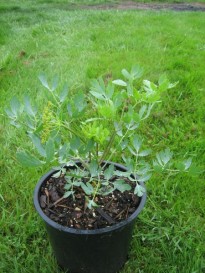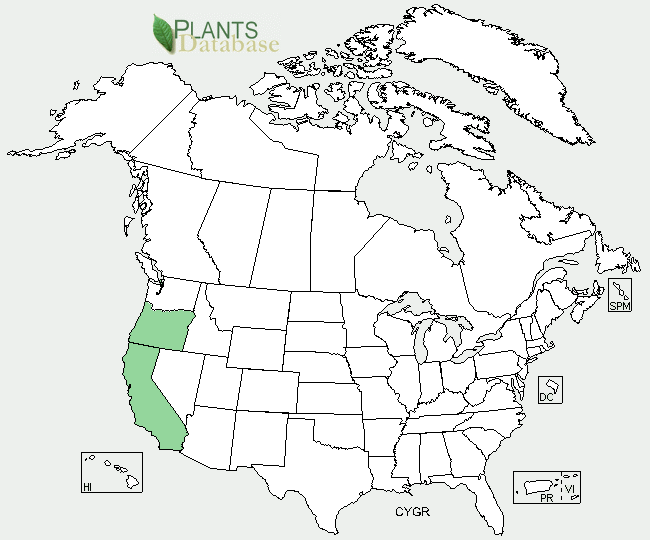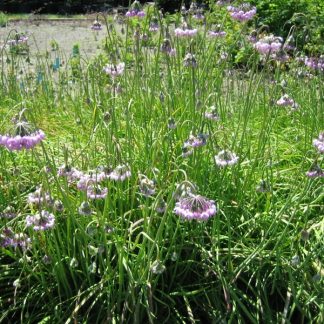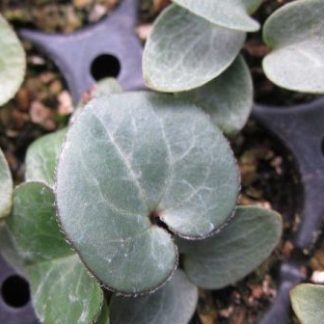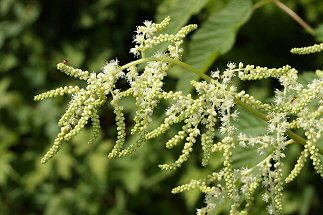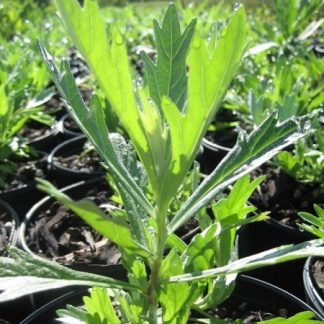Lomatium californicum
California lomatium
Habit: This native perennial is related to the carrot family, and it is also known as celery weed or California rock parsnip. It has broad, leathery, blue-green foliage that usually forms graceful low growing clumps, about 1 foot tall. The leaves are wide, lobed, and each lobe is toothed, resembling celery leaves. Leaflets are pinnately compound, and are connected to a fibrous stem base with petioles 2 to 10 inches in length. Broad compound umbels of tiny yellow flowers raise above the foliage another 5 to 6 inches, blooming from February to May.
Ecology: this species makes it home in foothills, yellow pine forest and chaparral ecosystems. It is found all over Western California and Southwestern Oregon at low to mid elevations, up to 6,000 feet.
Growing conditions: California lomatium thrives in full to partial shade and well-drained soils. It is best used in a shady garden or under native trees to attract butterflies and other pollinators. Larvae of the Anise Swallowtail butterfly and many beneficial insects feed on the plant.
Lomatium californicum has edible leaves and roots that smell and taste similar to celery. Indigenous communities of California, such as the Chumash, Karuk, Yuki, and Kawaiisu used the root of Lomatium californicum to make a sacred medicine used to treat various ailments, including colds, fever, and upper respiratory conditions. This species has been extensively researched today for its antibacterial properties among other medicinal uses.
Specs
Herbaceous Perennial
1-4 feet (30 to 122 cm)
1-1.5 feet (30 to 45 cm)
8

